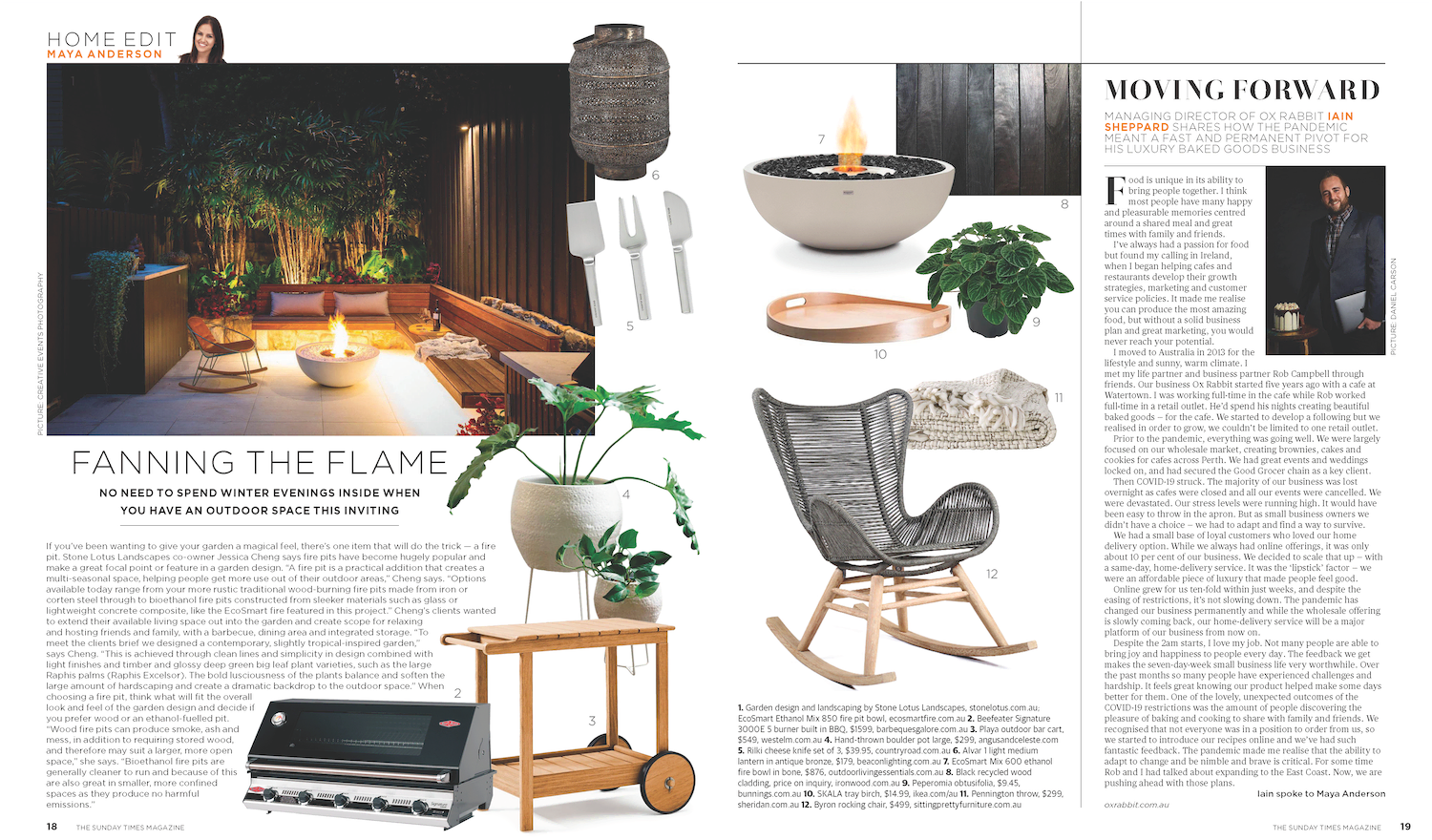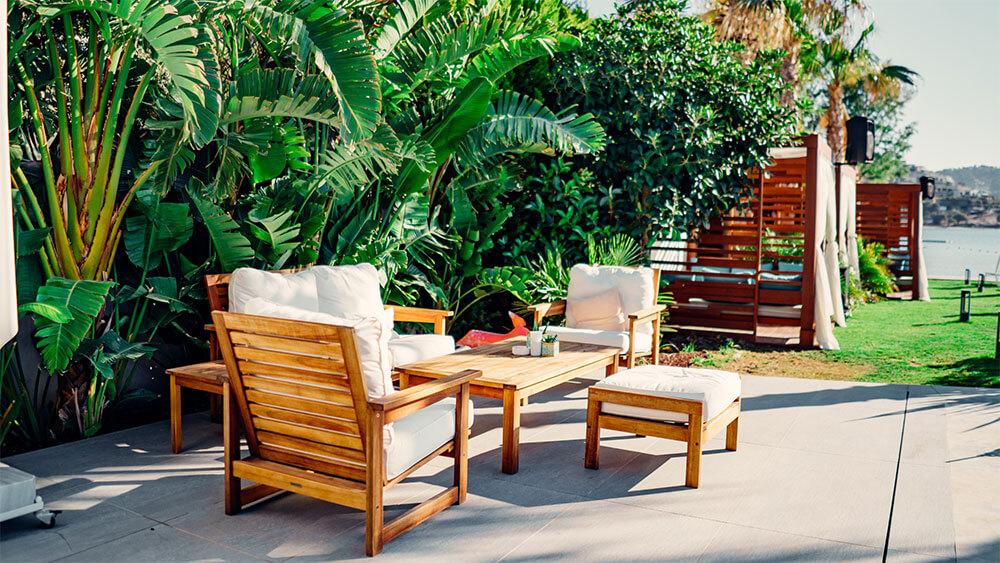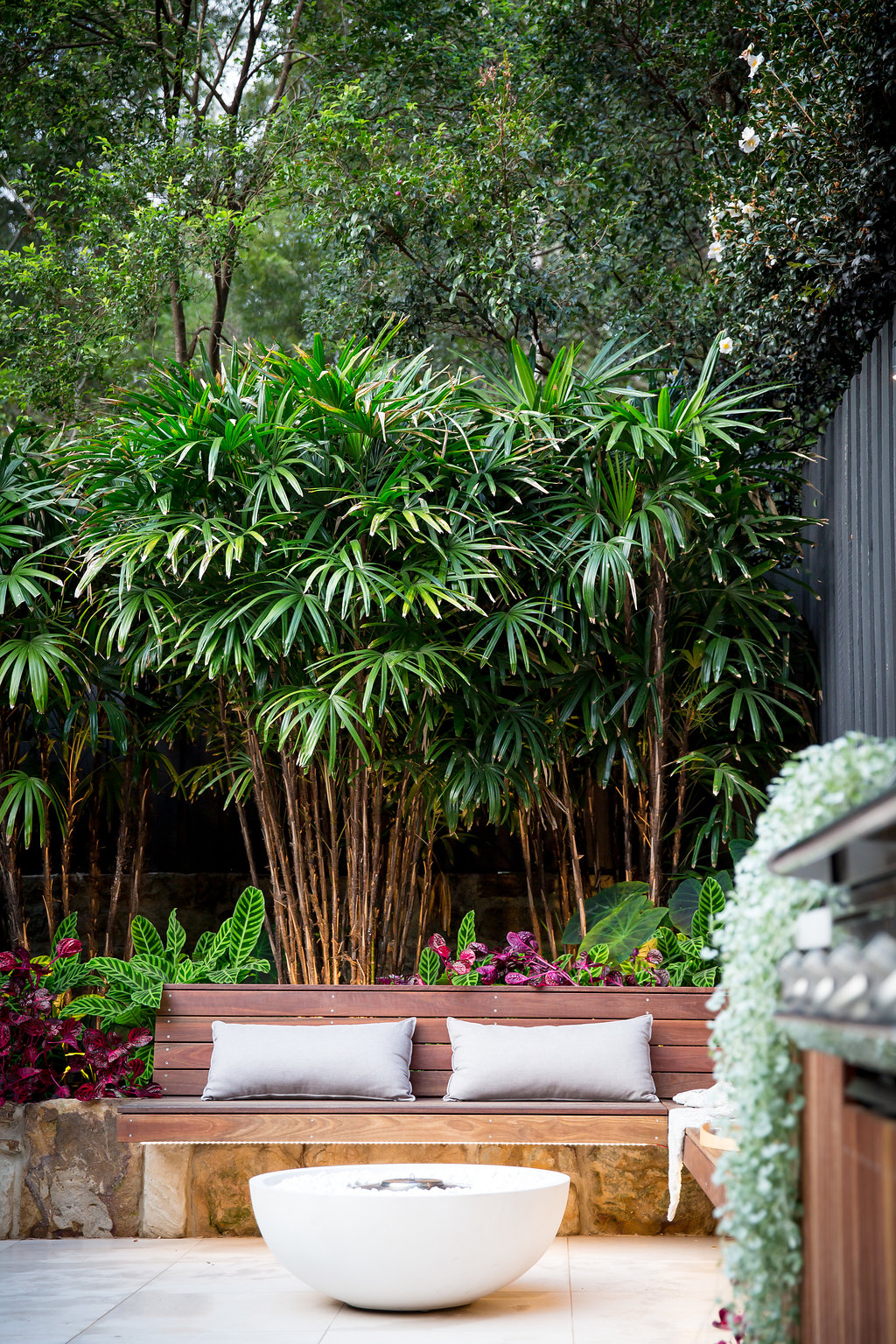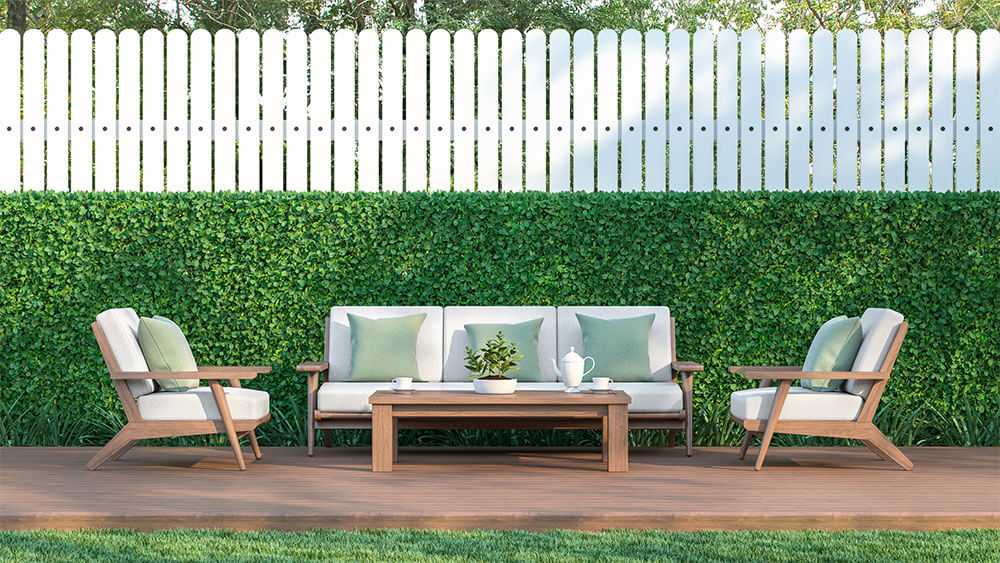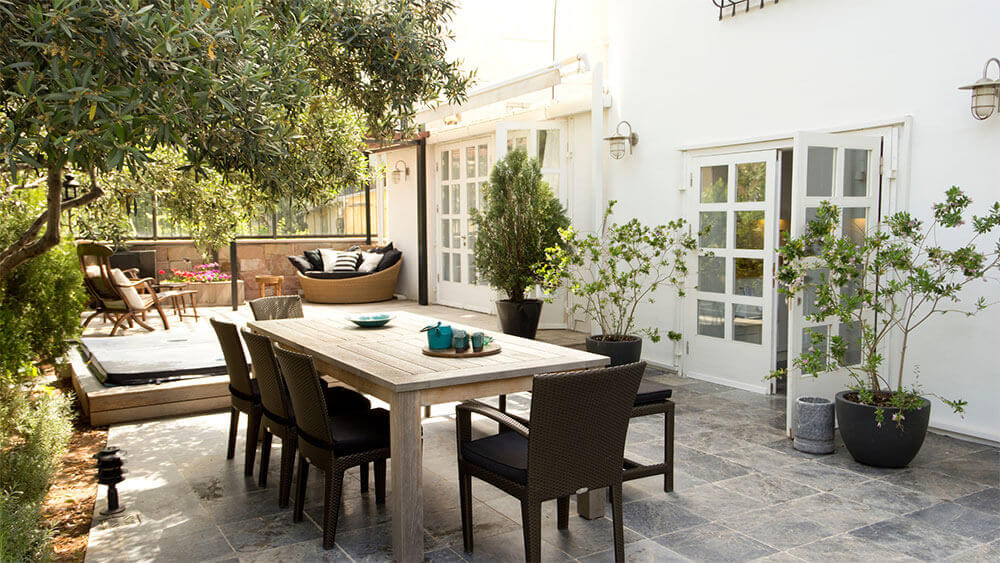So you’re after a garden that’s not only easy on the eye but also the nose? Here are our tips and picks to creating a signature scent for your home.
Firstly there are a couple of things to think about before rushing out to grab your favourite lily, rose or fragrant herb in order to maximise your garden’s aromatic impact.
When selecting any plants (scented or not) suitability to the conditions of your yard or balcony must be considered. So check soil type, monitor sunlight levels, climate suitability and ensure maintenance requirements are in line with how much time you’re willing to assign to gardening duties. Some online research and checking of the information on plant labels/tags will assist in this regard.
Aromatic plants should also be planted in strategic locations around your garden to maximise their impact. For example flowers with an intense fragrance that wafts over distances (for example, jasmine) can to some be overpowering so may need to be planted further from the house than the more delicate varieties such as INSERT. Fragrant foliage (such as herbs) usually needs to be brushed against or crushed to release the aromatic oils into the air so these are best planted along paths and driveways or underfoot. A subtle fragrance is more noticeable in a sheltered spot like a small courtyard or sheltered balcony where the wind cannot disperse it
Consider positioning a few flowers or shrubs near popular meeting places, like the barbeque or patio, so people have the opportunity to soak in the aroma. Covering a pergola or walled courtyard with wisteria will result in a spectacular display of spring aroma, while lining either side of the driveway with lavender bushes or pelargonium means you’ll be able to enjoy the heavenly scent as you brush by their foliage each day.
Tall trees with fragrant flowers that are normally out of reach (like frangipani or magnolia trees) should be planted so their branches reach an upper balcony or window. When in bloom the slightest breeze will carry the scent indoors. Window planter boxes and hanging planters are another way to introduce scented plants both indoors and outside, they look great and are an ideal solution for apartment dwellers.
Avoid having multiple fragrant plants blooming simultaneously – and overdosing the garden with competing aromas – by selecting a broad spectrum of seasonal plants to spread around the garden.
Here are some of our favourites:
Bouvardia humboldtii: semi-evergreen shrub to 1m with fragrant white tubular flowers in spring and autumn.
Murraya (Murraya paniculata): An evergreen shrub that grows to 3m with a profusion of fragrant white flowers. Blooms repeatedly from spring to autumn and is considered an excellent hedging or specimen plant.
Tuberose (Polianthes tuberosa): Numerous funnel shaped, waxy, white, 2-1/2″ flowers on a leafy, wiry stem. The flowers are very fragrant while the bulbs are easily cultivated in pots.
Ginger lily (Hedychium spp.): The most common species is Kahili ginger, which has red and creamy yellow flowers held in dense spikes. Daphne: The most common of this genus of evergreen shrubs is Daphne odora. Place near doors or traffic areas for an uplifting winter fragrance.
Luculia (Luculia sp.): Gratissima is the most common of these evergreen shrubs. In winter, strongly scented pink flowers appear in large clusters. L. grandifolia’s flowers are bigger than L. gratisimma’s with impressive foliage and a similarly irresistible winter fragrance. Osmanthus or ‘Sweet Olive’: A large upright shrub that grows to 3-4m, Osmanthus fragrans is the most popular species of this genus. Flowers are small and inconspicuous but the fragrance is strong and exquisite, and often compared to the aroma of fresh apricots many times magnified. A popular hedging or specimen plant, Osmanthus flowers prolifically in winter and repeatedly throughout the year.
Jonquils (Narcissus): One of the easiest bulbs to grow, jonquils thrive on neglect and flower reliably.
The sweet scented flowers announce the coming of spring and come in a range of colours including white, cream and bright yellow.
Hyacinths (Hyacinthus): These bulbs form highly scented spikes of waxy flowers in white, blue, pink or yellow and can be used for bowl planting or as specimens in bulb vases. Flowers in winter and spring. Mock orange (Philadelphus sp.): Flowering from late spring to summer, both evergreen and deciduous forms grow 1-3m with varying intensities of fragrance. The most popular varieties are P. ‘Virginal’, P. coronarius and the evergreen Philadelphus mexicanus.
Common jasmine (Jasminum polyanthum): A vigorous climber that releases masses of buds.
Wisteria (vigorous sp.): A climber with pendulous racemes of fragrant pea-like flowers. Sinensis (Chinese wisteria) is the most widely grown but floribunda (Jananese wisteria) is also very fragrant. One starts flowering just as the other finishes so by growing them both you can have an extended display. Rondeletia amoena: A large, dense shrub favoured for privacy planting. Distinguished by dark glossy leaves and trusses of sweetly scented pink flowers that bloom in late winter and spring.
Viburnum: A large and varied group of shrubs that range from 2-20 feet. Many have beautiful and fragrant flowers.
Viburnum Odoratissimum (sweet viburnum) is an evergreen shrub with attractive glossy elliptical leaves and trusses of fragrant white flowers.
Freesias (Freesia): A wonderful garden plant and cut flower available in many colours. One of the easiest bulbs to cultivate it is suitable for pots or can be left undisturbed in the ground for many years.
‘Chinese Star’ or ‘Star Jasmine’ (Trachelospermum jasminoides): This evergreen climber has glossy, green leaves and vanilla-scented, star-shaped, white flowers. Flowers prolifically in spring and repeatedly until mid-late autumn.
‘Butterfly Bush‘ (Buddleja davidii): A large woody shrub with long, narrow leaves. In summer, flower sprays borne on arching branches are made up of masses of small tubular flowers. They come in a range of colours including white, pink, lilac and dark purple. ‘Night Scented Jessamine’ (Cestrum nocturnum): A 2-4m evergreen shrub high with arching stems. It produces 2cm yellow-green tubular flowers in spring and summer that release their intense fragrance at night.Best planted in a far corner of the garden so the pungent aroma can be enjoyed from afar.
Madagascar jasmine (Stephanotis floribunda): An evergreen climber that grows to about 2-3m. The fragrant, waxy, white tubular flowers are produced from November to April.
Frangipani (Plumeria): A deciduous tree with dark green shiny leaves that grows from 5-8m tall. Colours range from bold tropical shades to hues. All are exceptionally fragrant with different perfumes of varying intensities.
Gardenias (Gardenia jasminoides): Attractive, low maintenance shrubs with large, creamy white flowers, glossy green leaves and an exquisite perfume that lingers in the air.

